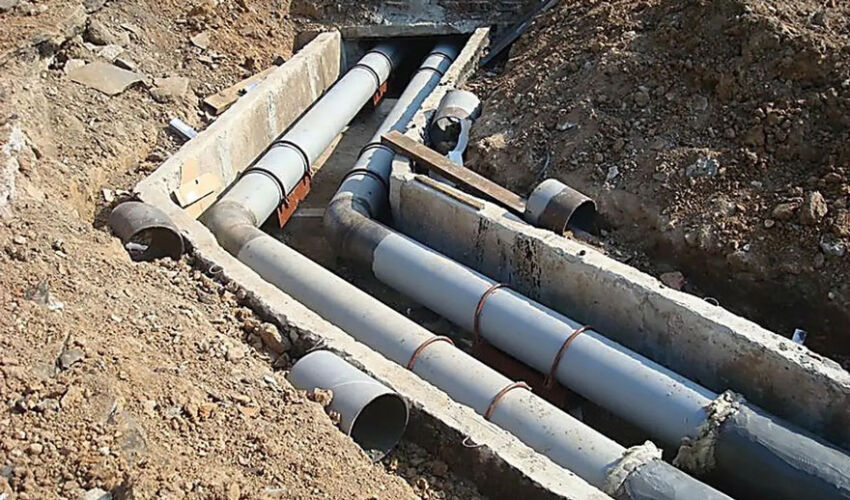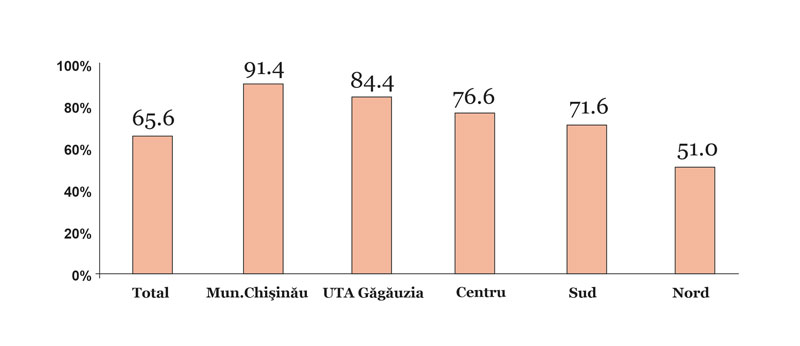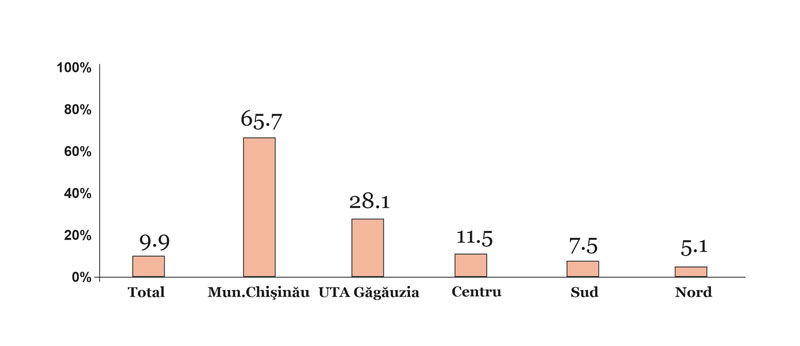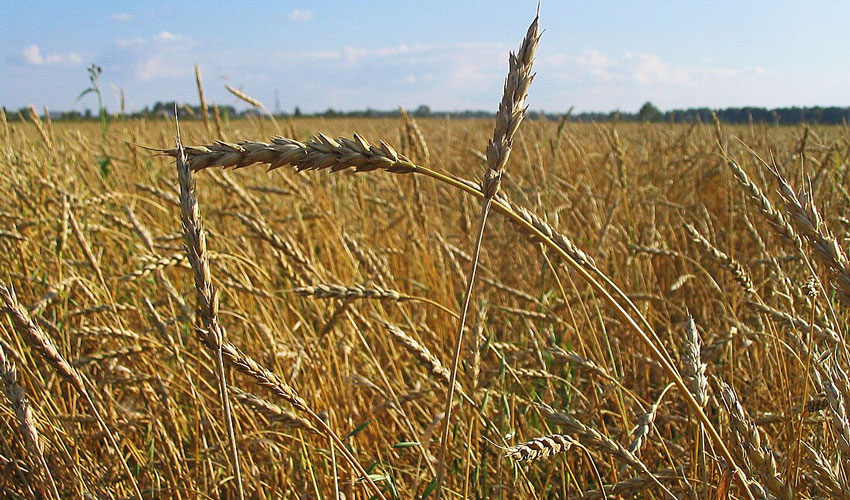
Last year, 1,006 settlements (55 municipalities and cities and 951 rural settlements) had access to centralized water supply systems, which is 65.6% (63.5% in 2023). And 9.9% of them also had access to centralized sewerage systems (a year earlier – 9.6%).
Last year, the total length of public water supply networks increased by 561 km, including 54.2 km in urban areas and 506.8 km in rural areas. The largest share of water pipelines built in 2024 is in the settlements of the northern region of the country – 303.9 km (54.2%) and the central region – 140.4 km (25%).
The highest level of connection to public water supply systems is observed in Chisinau (91.4%) and ATU Gagauzia (84.4%), and the lowest in the northern region (51%).

Public water supply systems mainly obtain water from surface sources. In 2024, the total water withdrawal amounted to 140.8 million m3, of which 90.3 million m3 (64.1%) from surface sources, 37.7 million m3 (26.8%) from groundwater sources and 12.8 million m3 ( 9.1%) from other sources.
In 2024, the volume of water released to consumers amounted to 101.9 million m3. The difference of 38.9 thousand m3 between the volume of withdrawn water and released water is partly own consumption of the enterprises that withdrew water, as well as water losses during its delivery.
The total length of public sewerage networks increased by 165.7 km during the year, including 82.9 km in urban areas and 82.8 km in rural areas. Last year, 53 municipalities and cities, as well as 99 rural settlements had access to public sewerage systems.
The largest share of settlements with sewerage systems is in Chisinau mun. Chisinau (65.7%). About 28.1% of the settlements of the Gagauz autonomy and 11.5% of the settlements from the central region have public sewerage systems, while the settlements from the southern and northern regions have the lowest level of access to this type of public services – 7.5% and 5.1%, respectively.

Thus, there is a significant discrepancy in the territorial profile. Rural localities in the districts of Briceni, Falesti, Ocnita, Soroca, Rezina, Bessarabca, Cantemir and Vulcanesti had no access to public sewerage at all.
In 2024, total wastewater discharge amounted to 71.4 million m3, of which 68.1 million m3 came from urban areas (95.4%) and 3.3 million m3 from rural areas (4.6%).
About 77.6% of the total communal sewerage systems were equipped with treatment facilities. Unfortunately, none of the settlements in Soroca and Rezina districts have wastewater treatment facilities. Out of 125 wastewater treatment facilities, 116 were functioning.
The best situation with the functionality of wastewater treatment plants was in Chisinau mun. Chisinau (100%). It is followed by the central region (96.6%), the northern region (92.6%), ATU Gagauzia (87.5%) and the southern region (83.3%).
69.2 million m3 of wastewater (97%) passed through the treatment plants. Of this volume, 94.5% of water was mechanically treated, 94.9% – biologically treated, and 2.1% was discharged without treatment.













